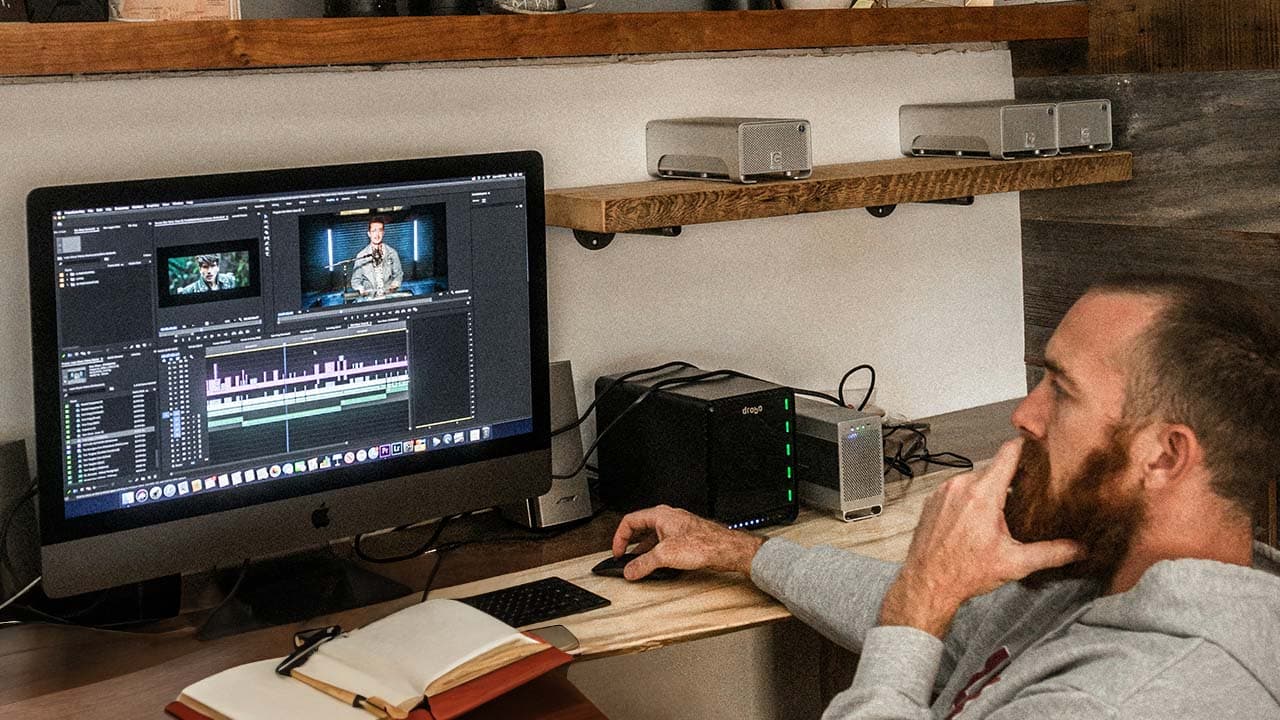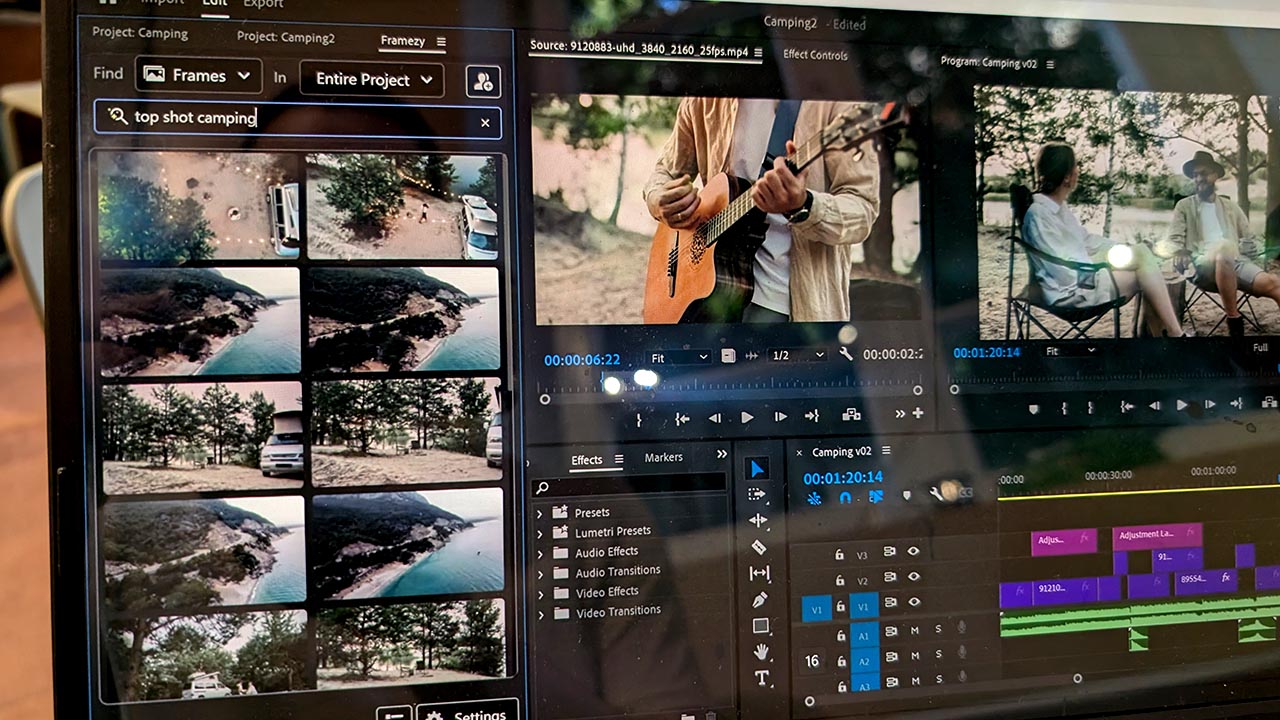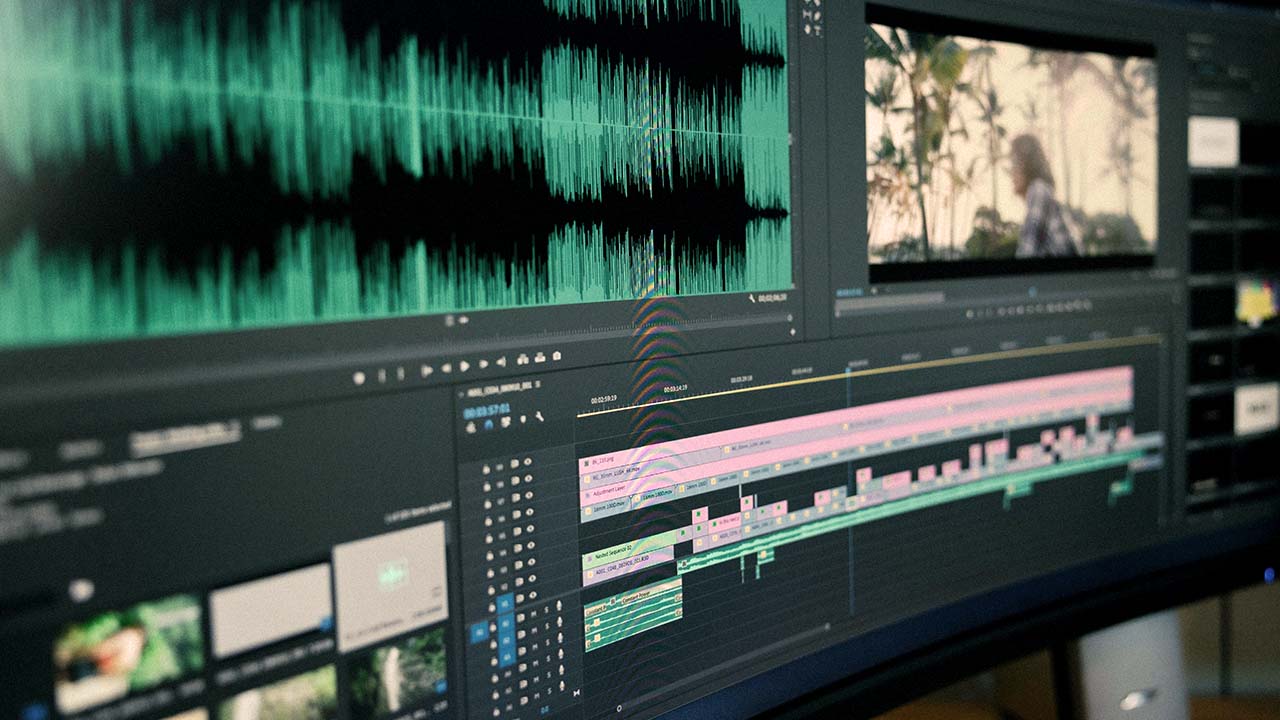Revolutionizing Documentary Editing: How AI Tools Transform the Workflow
by Marcus Treaswill

Revolutionizing Documentary Editing: How AI Tools Transform the Workflow
In the fast-paced world of documentary filmmaking, editors are constantly seeking ways to enhance their workflow and maximize efficiency. Today, I had the pleasure of speaking with seasoned documentary editor, Dan Miller, who shared invaluable insights into his editing process and how he incorporates cutting-edge tools to streamline his work.
The Importance of a Streamlined Workflow
Editing a documentary is not just about cutting footage together; it's about crafting a narrative that resonates with the audience. Dan emphasized, “The editing process is where the story truly comes to life. Every cut, every transition, every piece of audio plays a crucial role in shaping the viewer's experience.”
To achieve this, Dan utilizes a combination of traditional editing techniques and modern technology. “I believe in blending the art of storytelling with the efficiency that technology provides. It’s all about finding the right balance.”
Finding Footage Efficiently
One of the biggest challenges documentary editors face is sifting through hours of footage to find the perfect clips. Dan explained, “In documentary editing, you often have an overwhelming amount of footage. The key is to find the right moments quickly so you can focus on the creative aspects of editing rather than getting bogged down in the search.”
This is where AI tools comes into play. “I started using Framezy recently, and it has completely transformed how I search for footage. Instead of manually scrubbing through hours of video, I can simply type in what I’m looking for in natural language, and it brings up the exact frames I need. It saves me so much time.”

A Day in the Life of a Documentary Editor
During our conversation, Dan walked me through his typical day as an editor. “I usually start my day by reviewing the footage I’ve collected from various shoots. I make notes on what stands out, and then I begin organizing everything into bins based on themes or topics.”
He elaborated on the importance of organization: “When you have a clear structure, it’s much easier to locate the clips you need later. I often categorize footage by character, location, or theme, which helps me maintain a clear narrative flow.”
Once the footage is organized, Dan uses Framezy to locate specific clips. “Let’s say I’m looking for a particular interview moment where the subject talks about their childhood. I can just search ‘kids playing in the yard’ using Framezy, and it will pull up all the matching frames. This allows me to quickly assemble the narrative.”
The Power of AI in Editing
Dan is a strong advocate for integrating AI tools into the editing process. “The technology is evolving rapidly, and as editors, we need to embrace these changes. It’s about enhancing our capabilities, not replacing our creativity.” He added, "AI is not just a trend; it’s a game-changer. It allows us to work smarter, not harder. I can focus more on the storytelling aspect and less on the technicalities of finding footage.”
Dan also mentioned how AI can assist in other areas of editing. “For instance, AI can help with color correction and audio leveling. These tasks can be incredibly time-consuming, and having AI handle them allows me to concentrate on the narrative and pacing of the documentary.”
The Creative Process
When it comes to the creative process, Dan believes that technology should support, not dictate, the editor's vision. “I always start with a rough cut, where I lay out the story as I envision it. From there, I refine the edit, focusing on pacing, emotional beats, and transitions.”
He shared an example of a recent project: “In my last documentary, I had hours of interviews and b-roll. Using Framezy, I could quickly locate the most impactful quotes and visuals. This allowed me to experiment with different narrative structures.”
Dan also highlighted the importance of feedback during the editing process. “I often share my rough cuts with trusted colleagues or mentors. Their insights can provide fresh perspectives that enhance the final product. Sometimes, they’ll notice something I missed or suggest a different approach that can elevate the story.”

Tips for Aspiring Documentary Editors
Dan shared some key tips for aspiring documentary editors looking to improve their workflow:
-
Embrace Technology: Don’t shy away from new tools. Experiment with different software and find what works best for you. There are many options out there.
-
Know Your Footage: Take the time to know your footage, it can save you hours in the long run.
-
Focus on the Story: Always keep the narrative at the forefront of your editing process. The technical aspects are important, but the story is what will resonate with your audience. Ask yourself: What do I want the viewer to feel at this moment?
-
Collaborate and Seek Feedback: Don’t hesitate to share your work with others. Collaboration can lead to new ideas and perspectives that enhance your editing. Sometimes, a fresh pair of eyes can spot things you might have overlooked.
-
Stay Curious and Keep Learning: The industry is always changing, and there’s always something new to learn. Attend workshops, watch tutorials, and stay updated on the latest trends and technologies in editing.
The Future of Documentary Editing
Looking ahead, Dan is excited about the future of documentary editing. “With the rise of AI and machine learning, I believe we’ll see even more tools that can assist editors in innovative ways. The possibilities are endless.”
He concluded, “As editors, we have a responsibility to tell stories that matter. By leveraging technology, we can ensure that our voices are heard and that our narratives resonate with audiences around the world.”
For more insights and tips on AI tools in video editing, stay tuned for our upcoming articles!